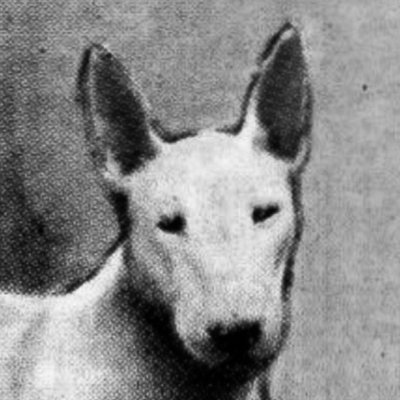I drew this. In ancient times
A 37m long cat has been lying on a Peruvian hillside for 2000 years. This isn’t some fantasy creature, but an ancient art example called a Geoglyph. Archaeologists stumbled upon it doing refurbishment work on the famous Nazca Lines ....
Situated south Lima, Peru 🇵🇪; Nazca Lines were crafted over hundreds of years. Stretching for approx 50 miles between towns of Nazca and Palpa, area is a UNESCO World Heritage Site. It was discovered in 1927 by native history hunter Toribio Mejia Xesspe.
Geoglyphs are made by removing pebbles, revealing what Science Alert describes as a “yellow grey soil” below. In this case someone etched the profile of a feline body, with lines ranging from 30-40cm. The head faces out. The animal displays “pointy ears, orb-like eyes and a long striped tail”.
The style suggests the Paracas people, who lived there between 800-100 BC. It’s believed the cat hails from late Paracas period. They were succeeded by Nazca, who also made geoglyphs. However, there are notable differences. Paracas are known for depicting cats for instance, alongside birds and humans. Ceramics and textiles show feline renderings.
News agency Efe talks with chief archaeologist Johny Isla. Quoting his remarks, their article notes, “while the figures of the Nazca culture are made ‘by men for the gods,’ those of the Paracas ‘are of men for men’.” What does this mean ? While no-one knows what the geoglyphs represent, many are so enormous they can only be spotted from the air. It stands to reason they were intended for a god’s eye view. Another theory claims them to be astronomical markers. Paracas don’t appear to have etched glyphs for Almighty. Nevertheless, that kind of POV is easily achievable today thanks to drones. Indeed, cat was noticed with the help of one. Experts are lucky to have found the cat when they did. In a statement, Peru’s Ministry of Culture says geoglyph was “about to disappear due to its location on a fairly steep slope and the effects of natural erosion.”
The slope in question is the Mirador Natural, a place where lines converge, making it an ideal choice for a viewing platform. Workers were in the process of sorting that out when the cat made an unexpected appearance. The archaeology team then spent a week cleaning up the find. Despite using stone, these creations are fragile. “The authorities said that even a stray footprint could mar the fragile grounds”. Visitors have been kept at a distance during the pandemic, with the Lines due to open again to the public next month.
Another factor leading to the cat surviving a couple of thousands years is climate. The Lines benefit from a lack of heavy weather and are relatively undisturbed by the elements. Isla is hopeful for the future, with advances in technology meaning experts no longer have to squint from an aircraft. Quoted by Euronews he says, “there are new ones and we will continue to find more.” In recent times around 100 have been spotted in the Nazca and Palpa valleys.
Some think certain geoglyphs go beyond the ancient world. As The Guardian mentions, one is thought to resemble an astronaut. Talking of space, it’s also believed ET may have worked on the Lines before he phoned home. All That’s Interesting writes the humans may have received “extraterrestrial instructions”, making “landing strips and runways for alien spacecraft, or to attract aliens with images big enough to be visible from space.” Until the aliens arrive to support those ideas, the Lines and Geoglyphs of Nazca and Palpas – officially named in 2016 – will continue to fascinate and perplex inquiring minds.
#archaeohistories

4.18萬
1,741
本頁面內容由第三方提供。除非另有說明,OKX 不是所引用文章的作者,也不對此類材料主張任何版權。該內容僅供參考,並不代表 OKX 觀點,不作為任何形式的認可,也不應被視為投資建議或購買或出售數字資產的招攬。在使用生成式人工智能提供摘要或其他信息的情況下,此類人工智能生成的內容可能不準確或不一致。請閱讀鏈接文章,瞭解更多詳情和信息。OKX 不對第三方網站上的內容負責。包含穩定幣、NFTs 等在內的數字資產涉及較高程度的風險,其價值可能會產生較大波動。請根據自身財務狀況,仔細考慮交易或持有數字資產是否適合您。


